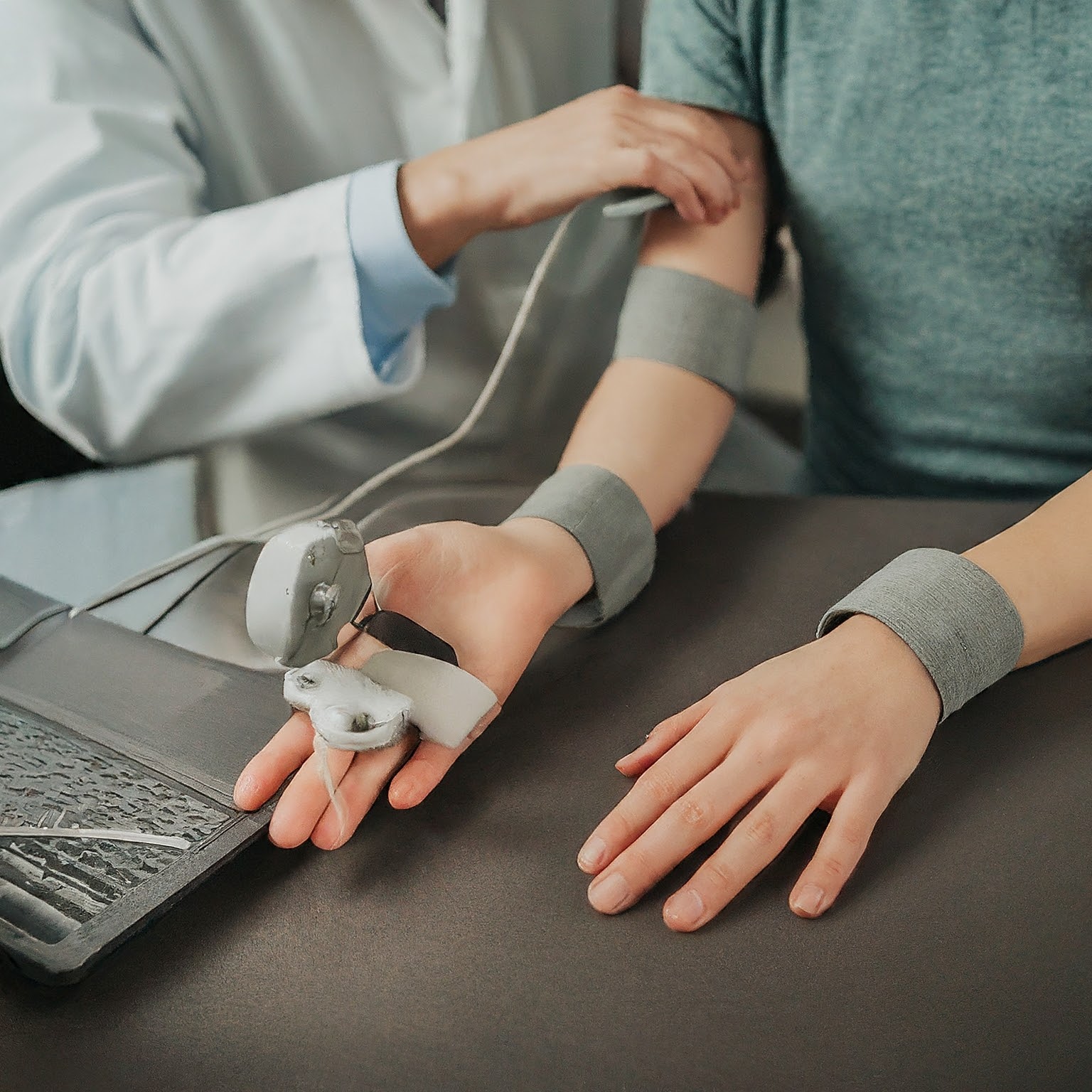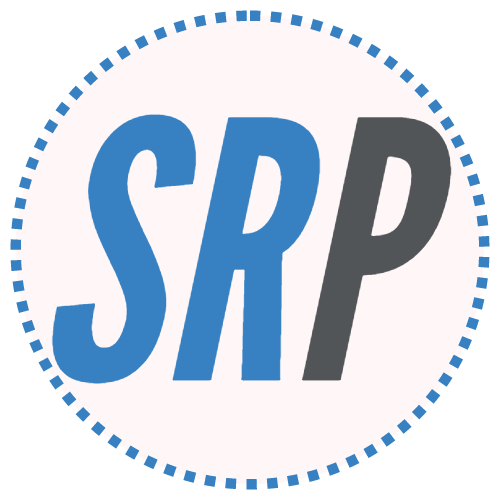Deep brain stimulation may provide immediate improvement in arm and hand strength and function weakened by traumatic brain injury or stroke, University of Pittsburgh School of Medicine researchers.
Their findings were published in the journal Nature Communications.
Arm and hand paralysis significantly impacts the quality of life of millions of people worldwide,
Currently, we don’t have effective solutions for patients who suffered a stroke or traumatic brain injury but there is a growing interest in the use of neurotechnologies that stimulate the brain to improve upper-limb motor functions.
Elvira Pirondini, Ph.D.
Brain lesions produced by major brain trauma or stroke can alter neuronal connections between the motor cortex, a critical brain area needed for coordinating voluntary movement, and the muscles. A weakening of these connections leads to movement impairments, including partial or total paralysis of the arms and hands, and inhibits muscles from being activated effectively.
DBS has been life-changing for many patients. Now, thanks to ongoing advancements in the safety and precision of these devices, DBS is being explored as a promising option for helping stroke survivors recover their motor functions,
It offers new hope to millions of people worldwide.
Jorge González-Martínez, M.D., Ph.D.
Inspired by another successful Pitt project that used electrical stimulation of the spinal cord to restore arm function in stroke victims, scientists postulated that using deep brain stimulation (DBS) to stimulate the motor thalamus, a structure nested deep in the brain that serves as a crucial relay hub of movement control, could aid in the restoration of movements necessary for everyday tasks like object grasping. The only animal with the same arrangement of connections between the motor cortex and the muscles as humans is the monkey, thus in order to test the idea, it had to be tested on this species first.
Researchers implanted the FDA-approved stimulation device into monkeys with brain lesions that affected how well they could use their hands in order to better understand the mechanism by which DBS of the motor thalamus helps improve voluntary arm movement, as well as to fine-tune the precise location of the implant and the optimal stimulation frequency.
The stimulation dramatically increased grip force and muscle activation as soon as it was turned on. Notably, there was no evidence of involuntary movement.
The same stimulation parameters were applied to a patient scheduled for DBS implantation into the motor thalamus to treat arm tremors brought on by brain damage from a catastrophic motor vehicle accident that left the patient severely paralysed in both arms, in order to confirm that the procedure could be beneficial to humans.
Also, Read| Researchers found the impact on hormone levels in mice by gut microbiome
The participant’s arm range and strength increased immediately upon turning on the stimulation again. He or she was able to hoist a fairly heavy weight and reach, grab, and raise a drinking cup more smoothly and effectively than they had been able to do previously.
Researchers are currently testing the long-term effects of DBS and figuring out whether persistent stimulation might further enhance arm and hand function in those affected by traumatic brain injury or stroke in order to assist bring this technology to more patients in the clinic.
Source: UPMC – News
Journal Reference: Ho, Jonathan C., et al. “Potentiation of Cortico-spinal Output via Targeted Electrical Stimulation of the Motor Thalamus.” Nature Communications, vol. 15, no. 1, 2024, pp. 1-21, DOI: https://doi.org/10.1038/s41467-024-52477-1.
Last Modified:






